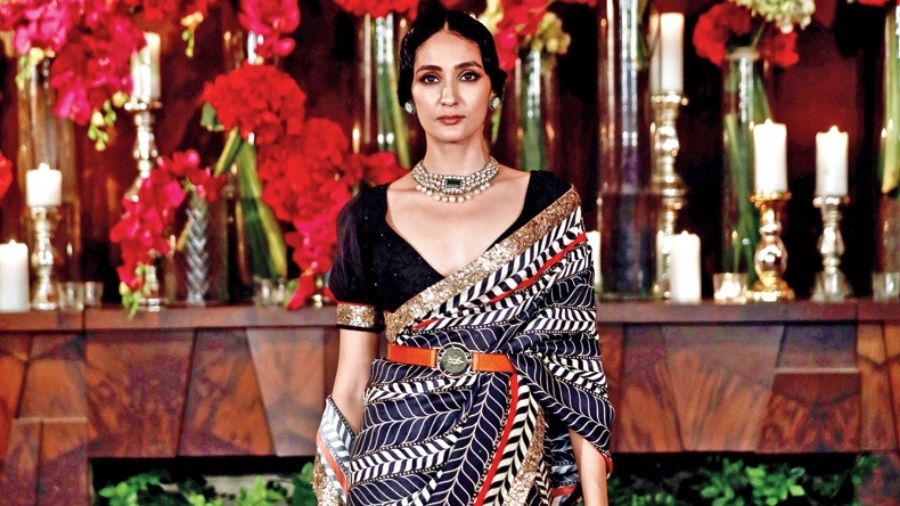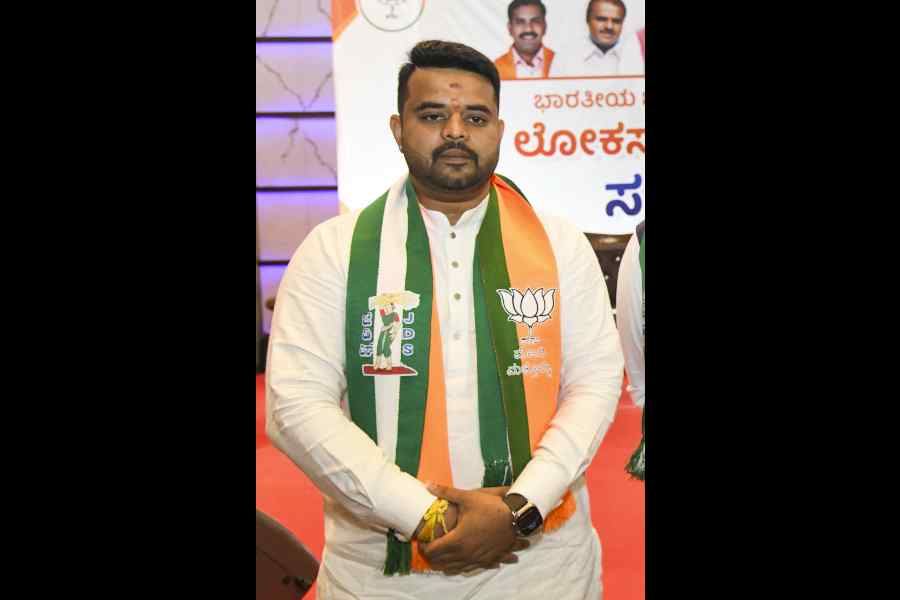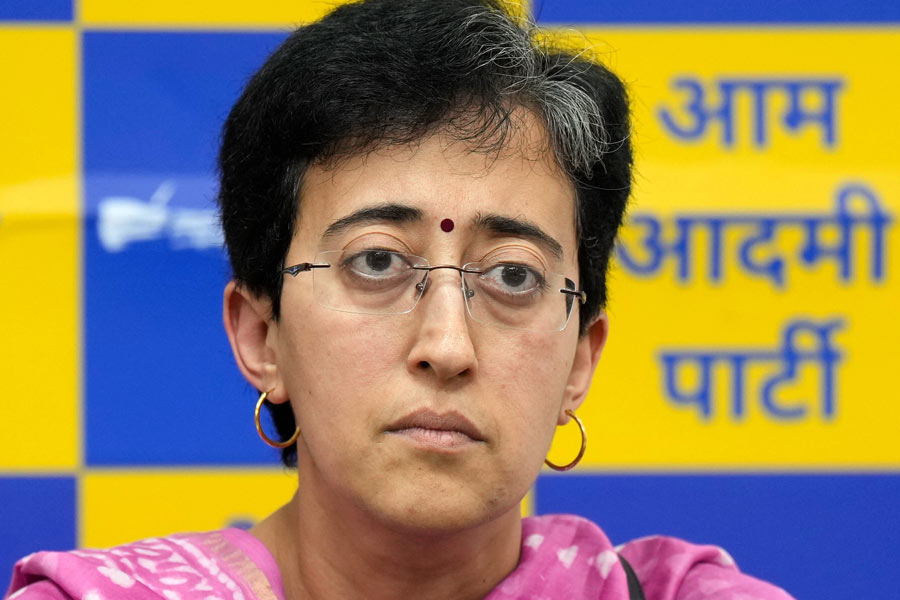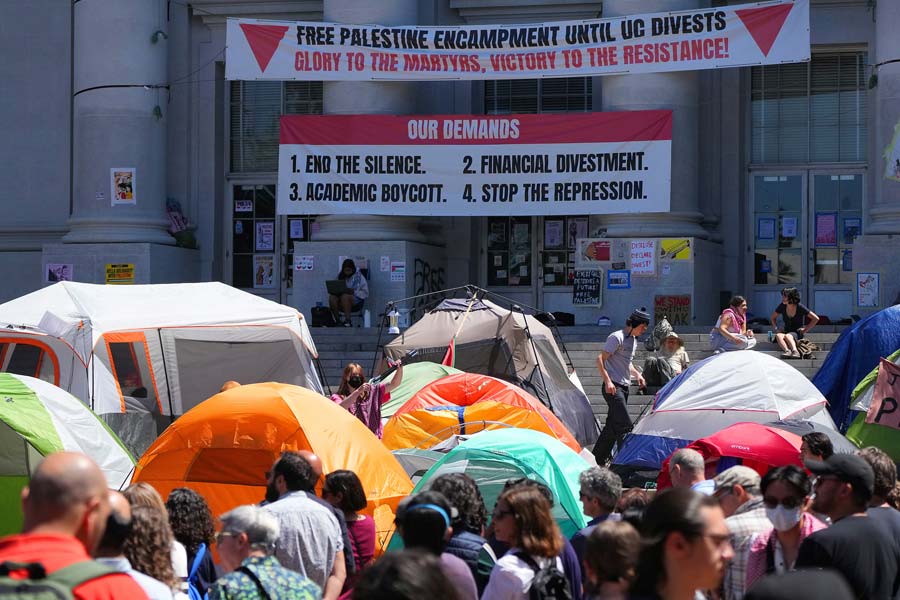2020turned everything on its head, much akin to a certain Christopher Nolan film. Hundreds of thousands lost their lives and more lost their livelihoods. Add to that, all the single-use plastic-but-essential PPEs and masks now choking our waterbodies and conscience. This year has been a year of reckoning for one and all. The fashion industry — an industry that “produces 20 per cent of global wastewater and 10 per cent of global carbon emissions more than all international flights and maritime shipping” — has been affected majorly too.
By March, the first round of fashion weeks in India were cancelled as fashionistas scurried out of their front-row craze and into a lockdown daze of cosy jammies with their choice of gadgets in hand. Much to the surprise of nobody, “sustainable fashion” was the buzzword amongst all and sundry this year. But it fit especially snug within the context of India’s rich heritage of crafts coupled with its labour-intensive paraphernalia. While some of India’s designers have had sustainable models of businesses for a while now, others have started looking at avenues of sustainability through innovation in fabric and technology (think polymer and fabric made from recycled PET bottles). The long overdue conversation was finally had en masse in India — albeit over Zoom, virtual fashion shows and e-commerce platforms. Here’s some of the snippets I accrued through the year...
Safeguarding India’s crafts and craftsmen
Anamika Khanna: I always had this huge love for Indian textiles and crafts. But I also realised that these crafts needed to be presented in a slightly more modern context. We now hugely work with craftsmen and then bring in our bit to it so that in some way, we are preserving it. I have noticed for a while now that fine handiwork is reducing and somewhere, there’s been a deficit of respect for our artisans. It is imperative for us to start respecting ourselves first. We attach more value to anything that is made abroad and don’t do the same with what we have here.
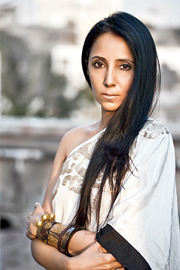
Anamika Khanna
Sandeep Khosla: Our artisans play the biggest role for Abu Jani Sandeep Khosla — it’s all about craft and make-in-India. The way forward for us has been just rethinking and redoing and maybe, it means that we have to do just the finest and the best work for the few of us at one level so that we can give our artisans the work they deserve and keep them going. Indian design, by and large, does not seem to exist abroad though international brands take inspiration from Indian brands constantly.

Sandeep Khosla (right) with Deepika Padukone. Image courtesy: Designer
Tarun Tahiliani: In the long run, we have to change the way we live and we have to think Indian and buy Indian…. I hope after all this, people start buying better, finer and lesser. We have to work and support craft and our heritage like never before.

Age of Innocence by Tarun Tahiliani at at LMFIW SS21 Image courtesy: Designer
Beating fast fashion in pace and spirit
Anavila Misra: Now, it’s very important to rephrase how we have worked in the past, plan better, look at solutions for issues around raw material accessibility and more with the artisans. It’s also a time to go back to the drawing board, look at the broader picture and innovate. I am passionate about the whole value chain of creating mindful products. Creating sustainable employment is something that really inspires me.
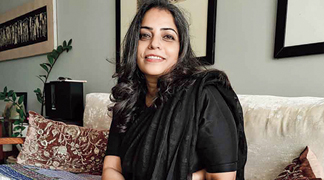
Anavila Mishra
Urvashi Kaur: As a label, we have always created collections that are trans-seasonal. We encourage the end consumers to buy pieces that are timeless, handcrafted and versatile. The processes that we have built into the business of fashion are deeply flawed. One of the biggest struggles for us around the challenges of being sustainable is competing with the fast speed of production and cheap value of the products that people have been conditioned to. Especially in times like this, changing the system and mass consumer mindset is going to be difficult. But there is also a silver lining that discussions around healthier practices have started spreading its root.

Urvashi Kaur
Rahul Mishra: Designers have always been under a lot of pressure to create because of the saying that we are as good as our last collection. But I had decided before the pandemic itself that I would do only two collections a year. I think if designers look at fashion as an art form, they will stay grounded as a true artist can never have any sense of pride in his work because in his mind, he knows how far he is from the goal he has set for himself.

Rahul Mishra
Revival and legacy
JJ Valaya: We have been at a leisurely pace, and we have clients of ours from 26 years ago coming back with their daughters who want the same clothes altered to their sizes. So when you stand the test of time, it’s clear that you had a sustainability model existing before it became a fashionable word today. We have always been very strong advocates of the absolutely stunning country we live in and I have continued to believe in that. Our tag line holds true because we travel in our minds, in our books, our research and physically, into lands that have a rich past and craft, and then we combine that with our Indian signature and create something new.

Image courtesy: Designer
Gaurang Shah: The biggest challenge for the designer and the buyer during the pandemic is to build a new perception vis-a-vis offline-online feel. Handlooms are only sustainable when we buy handlooms. We are in a world of new normal. There is a sense of less urgency in fashion consumption as people don’t meet and attend parties and there are restrictions on gatherings. Handlooms are heirloom pieces and will forever remain an irreplaceable part of an Indian woman’s wardrobe. Indian textiles are a symbol of our heritage and my passion continues to preserve this tradition and heritage, especially saris.
Modernising crafts for a stronger future
Amit Aggarwal: The potential of what my country can do has given me more strength than ever before. I have always tried to employ craftsmen who were not 10/10 on skills but were open to the idea of exploring, learning, challenging and growing as they worked on polymer with me. I have taken a pause — thinking about the last eight years of the brand and what I can do to make life easier and simpler but far more conscious towards the future. So more than filling the market with a completely new product and towards a new direction, I thought it important to layer the brand with an interesting feel.
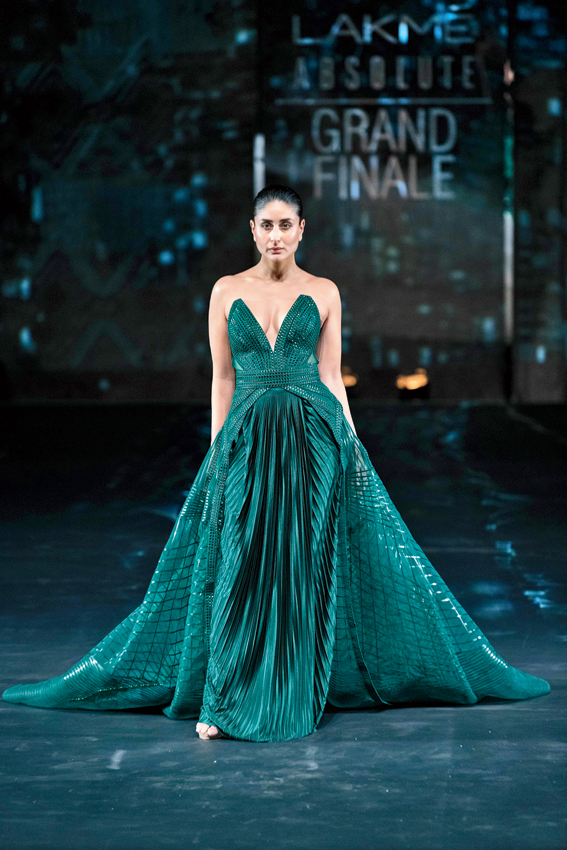
Kareena Kapoor in Amit Aggarwal Image courtesy: Designer
Pankaj and Nidhi: The idea of sustainability is a big part of our vision but there still is a long way to go. We are actively trying to minimise waste that is produced in the process of manufacturing. With R-Elan, we have discovered fabrics that have been made out of recycled plastic bottles and other waste products. Finding avenues that create fabric that are ethically and sustainably sourced is still an obstacle. However, we choose to perceive it as a joyous quest when we discover brands and materials that are sustainable.
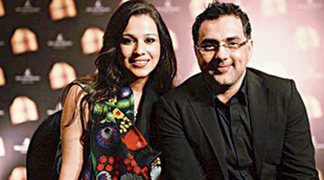
Pankaj and Nidhi
A 360-degree approach towards sustainability
Anita Dongre: Sustainability for me is simply a way of life that also affects your sartorial choices. My idea of sustainability is not very different from what Indian traditions have always reinforced. The Indian subcontinent has amongst the oldest living cultural traditions. In fashion, we look at traditional artisans to guide us back into a way of creating art that is respectful to the earth and wastes nothing. The most common challenge in building a sustainable business is convincing people that sustainability is good for the bottom line. The pandemic has been a bigger reminder of why it is important to continue doing what we have been doing this whole time — creating opportunity for women, especially in rural India.

Anita Dongre with artisans
Debunking myths and sensitisation
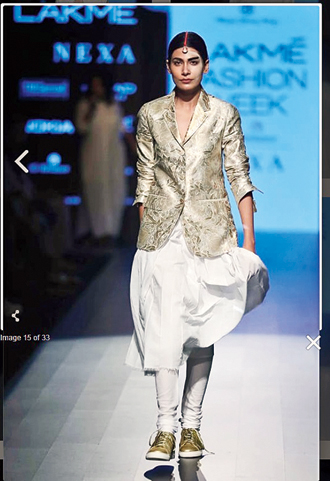
Image courtesy: Designer
Rajesh Pratap Singh: Sustainability itself is a very complicated issue. Most people in India think that they’re in drab colours made from vegetable dyes and have a generally cheap vibe. But it’s far from the truth. Sustainability is a human knowledge effort and, for me, it is how, as humans, we’re evolving. And I think that we are messing up. This whole drama about natural fabrics being sustainable or about technology being the vampire is not true. The fact is technology is telling you about the ability to harm. There needs to be a balanced and a very scientific approach to this. It can’t be fables and storytelling or half-baked truths.
Pictures courtesy, designers.

